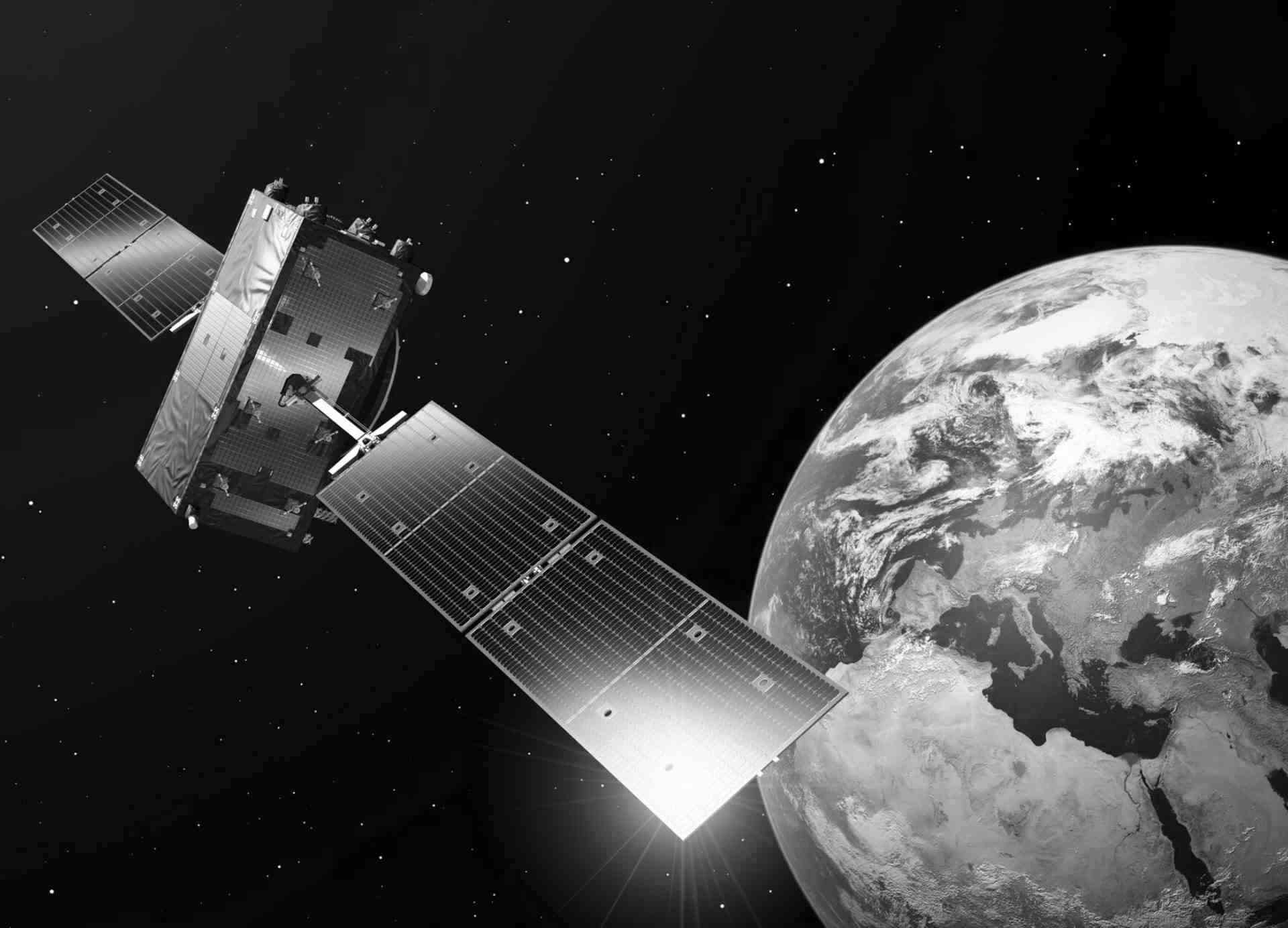Monitoring surface changes of the Pizol glacier in Switzerland using Landsat-5 and Sentinel-2 satellite imagery
Author: Martyna Świercz, AGH University of Science and Technology in Cracow, Poland
Introduction
Glaciers, an essential component of mountain landscapes, play a key role in ecosystems. Located at high altitudes, ice caps accumulate their size through the snowfall in winter but can melt significantly during the summer. If the amount of snowfall exceeds the rate of melting, the glacier grows. Conversely, if melting outpaces snowfall, the glacier retreats. The topography of the region is also crucial, as it influences how snow accumulates and how effectively it can be retained.
Glaciers are extremely sensitive to climate change. We can observe climate change and the effects of global warming with our own eyes, as many glaciers are retreating at alarming rates, impacting local water supplies and biodiversity.
Scientists predict that even if global warming were to stop completely, the volume of ice in the European Alps would fall by at least 34% by 2050. If current melting trends continue, however, almost half (46%) of the Alps' ice volume could disappear by 2050 (Cook et al., 2023).

Switzerland still has about 1400 glaciers (Linsbauer et al., 2021). Among them, the Pizol Glacier, located in the Glarnese Alps in eastern Switzerland, is an example of a glacier that has significantly reduced its area over the last few years. Satellite imagery provides a unique means to constantly and homogeneously monitor glaciers across Switzerland and the Alps.
In the following example, optical Sentinel-2 imagery is employed to assess the extent of ice-covered surface on a yearly basis. To extend the analysis further back in time beyond 2015, when Sentinel-2 was launched, Landsat 5 imagery, which dates back to 1984, was also utilized. For this exemplary analysis, the Normalized Difference Snow Index (NDSI) was calculated from the spectral bands of both satellites, though many other indices and approaches are available (e.g., Rabatel et al., 2017).
What is NDSI?
NDSI is a remote sensing indicator that identifies snow and ice-covered surfaces based on differences in solar reflectance between visible light (green) and shortwave infrared (SWIR). It assesses the variance of two bands: one in the near-infrared or short-wave infrared, and the other in the visible part of the spectrum). The NDSI range is from -1 to 1, where higher values indicate the presence of snow.


The analysis of the Pizol glacier snow cover
For the analysis, the CREODIAS platform was used, which allows for downloading and processing satellite data according to specific criteria, such as time range, location, and cloud cover.
Landsat-5 and Sentinel-2 satellite images with less than 10% cloud cover were selected for the study. The images were filtered to create a list of cloudiness values, allowing for the selection of one image with the lowest cloud cover for each August across the years.
For the Landsat-5 images, data with a specific path number and row number were selected to ensure that the selected area of interest was included. For both satellites, the corresponding green and SWIR bands were then processed using Python. The data were reprojected to the EPSG:4326 coordinate system and the NDSI index was calculated.
The images were then cropped to focus on the Pizol glacier area using geospatial data. High NDSI values (≥ 0.4) indicate the presence of snow, while lower values signal the absence of snow cover. The NDSI values were categorised binarily to clearly identify snow-covered areas. The cropped NDSI rasters were visualised to display areas with snow cover.


Conclusions
The analysis showed that the area of the Pizol glacier has significantly decreased over the past 39 years. A comparison of satellite images from different years clearly showed the melting process, which results from increasing temperatures and changing climatic conditions.

Continuous monitoring of glaciers is essential and can provide valuable information for disaster management.
Remote sensing, which allows us to monitor climate change over the long term, plays a key role in understanding and countering the effects of global warming. It allows us to better comprehend the dynamic changes taking place in our environment and develop more effective strategies to protect these ecosystems.

